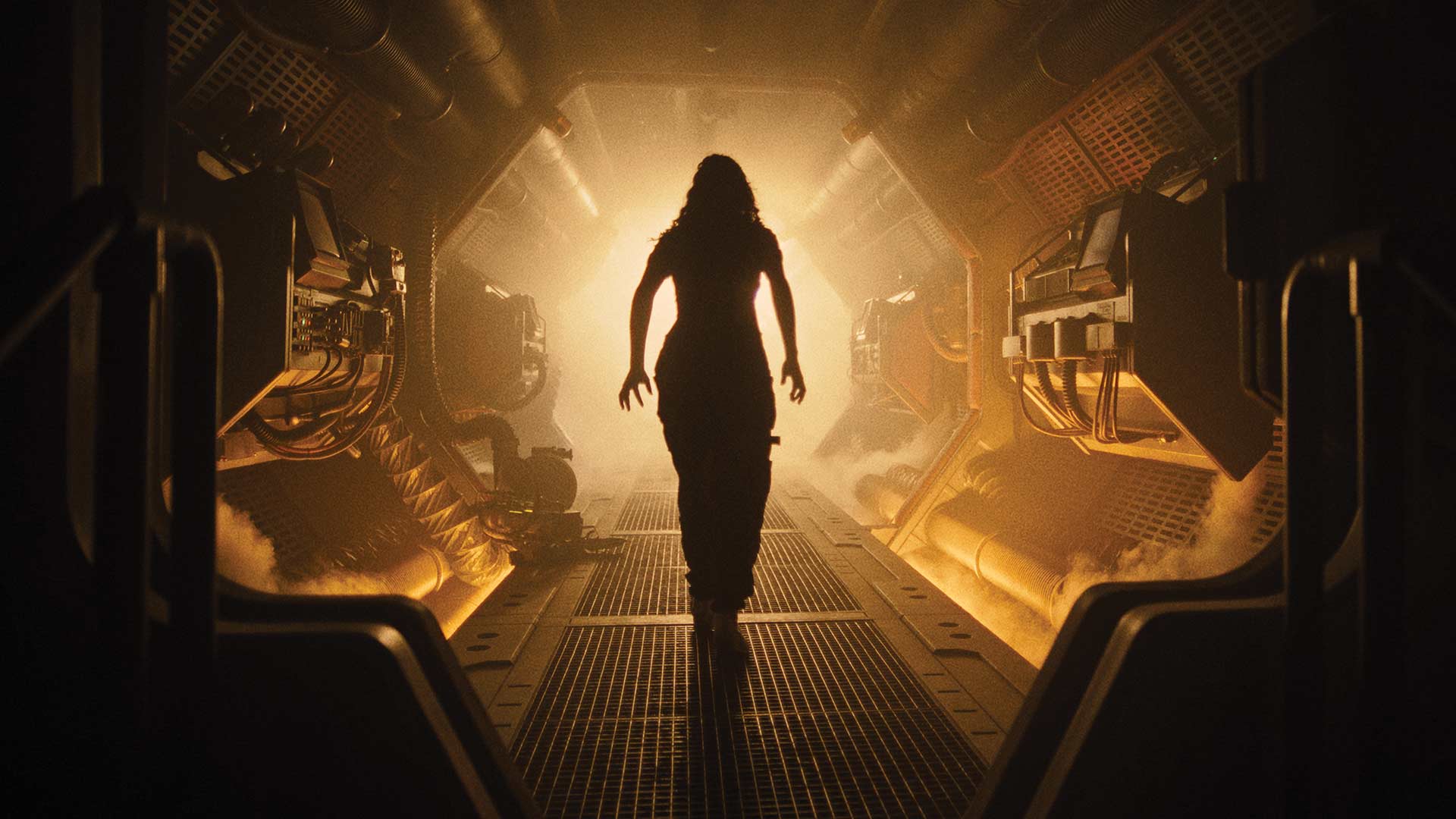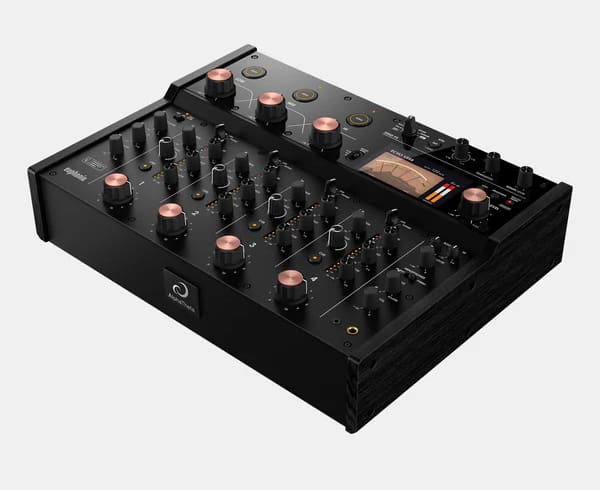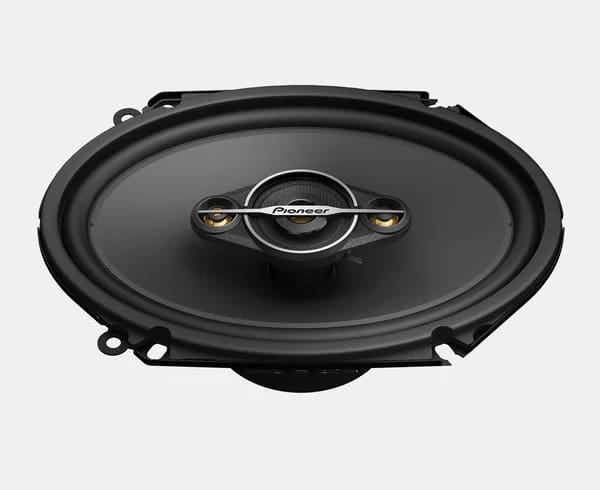Alien: Romulus Is a Practical Effects Tour De Force
In Cinemas 16 Aug
The air duct goblin is back with another entry into the long running sci-fi horror series. This time a bunch of young colonisers go poking around an abandoned space station where they don’t belong looking for scraps to sell. Little do they know that a throat loving guest has already picked the place clean. If you want to know the required watching before seeing this film, Romulus is set between the first and second film, presumably while our heroine Ripley is still fast asleep in her escape pod.
Ridley Scott sits on in with a producer credit while Fede Alvarez (“Evil Dead,” “Don’t Breathe”) directs from a screenplay he wrote with frequent collaborator Rodo Sayagues. The film has easter eggs from Alien: Isolation, which is a clear inspiration for the space station. This is great because Isolation has so far been the closest piece of media to understand what made the original film so great, and how to translate that onto a larger scale. The cast is a group of up and comers, Cailee Spaeny (“Priscilla”), and David Jonsson (“Agatha Christie’s Murder is Easy”) among others.
The path from inception to filming results from several creative breakthroughs on Alvarez’s part. “There is a deleted scene in ‘Aliens,’ where a bunch of kids are running among the workers in the colony,” explains Alvarez. “I remember thinking about what it would be like for teenagers to grow up in a colony so small and what would happen to them when they reached their early 20s.” The premise gave birth to the story of “Alien: Romulus,” while giving the franchise a new spin. Alvarez’s and Sayagues’s original story is set roughly 20 years after the first “Alien” movie and about 37 years before “Aliens.” While scavenging a decommissioned space station, hoping to find the technology necessary to leave their doomed planet behind, a group of young colonists unwillingly awaken the most terrifying organism in the universe.
Alvarez took a special interest in going for practical effects. This meant scale models of the ships, and an actual alien prop instead of a tennis ball on a stick for a VFX guy to deal with later.
With the blessing of Ridley Scott, Alvarez decided to go back to the basics when shooting the film. “I knew that I wanted to take this chapter back to the beginning, not only story-wise but in terms of visual style,” explains Alvarez. “I wanted to keep it simple and focus on a few characters you could get to know and love.” This included the use of visual effects techniques that haven’t been used in ages. “My approach was to create a true horror movie with limited characters and to use practical effects wherever I could,” says Alvarez. “I wanted to tip my hat to all the filmmakers who have come before me and pay homage to the ‘Alien’ franchise in a number of ways.” “Fede is a unique filmmaker,” says Ridley Scott. “He does everything himself. He relies on the crew to help him with his vision, obviously. But he is an all-arounder.”
Adds executive producer Tom Moran, “I’ve never met a director that has loved another director’s movie more than Fede loves Ridley Scott’s ‘Alien.’ Ridley’s approach in 1979 was very practical in terms of visual effects and style. Fede decided to honor that and go back to basics.” There are even nods to Jerry Goldsmith and James Horner’s iconic cores from “Alien” and “Aliens” respectively, as well as to Richard Greenberg and Phil Gips’ opening title sequence from “Alien.” As a result, every set was originally constructed: every corner of the spaceships, the space station, the colony, the hallways, and the docking bay. According to Naaman Marshall, “When I spoke with Fede early on, he told me it would be a movie with huge world-building and big designs. We leaned into the practical on every level, not just the sets but the creatures, props, set dressing, and costumes. We grounded ourselves in making it real and only used VFX to supplement and help embellish.”
Everything, except the exterior colony of Jackson’s Star and the colony affairs, was built on stages or the backlot of Origo Studios. “From day one, Fede wanted to have huge set builds and a practical approach, so we built and designed everything from scratch,” says Marshall. “It was amazing being on set,” says Archie Renaux, who plays Tyler. “Everything was practical, which makes our job as actors not only easier but so much more fun.”
Alvarez explains, “Our approach with Naaman was to look at the movie as a period piece. We were inspired by the first two ‘Alien’ movies and researched the futurism of that era.” “We wanted ‘Alien: Romulus’ to be viewed as a part of a trilogy in a movie theater, where you can just go watch it after ‘Alien’ and before ‘Aliens,’” adds Marshall. “It was a real challenge to design something into the pocket of something else. I did a lot of research into Ridley and James Cameron’s movies: lots of screen grabs of textures, colours, shapes, and prosthetics. We leaned back to the future of the 1980s.”
The spaceship set was built on a gimball, so they could tilt and shake it around so the actors didn’t need to act when they’d get thrown around. Small details across the set are also accurately recreated from the original films to stick with the lore.
Wētā Workshop played a strong hand in developing the facehuggers while Legacy Effects were in charge of creating four different versions of the Xenomorph, one of which is a eight foot tall fully animatronic critter. One scene required the cast to stand in two feet of water while the ice was melting, the space was flooding, and the facehuggers were attacking from every direction. The art department had to design the set in a specific way to accommodate the needs of the technicians of Wētā Workshop and allow them to physically hide inside to operate the creatures.
I’m a sucker for every single Alien film, and a back to basics approach after the last few films is exactly what audiences have been wanting, there’s only so much film Michael Fassbender can carry.






